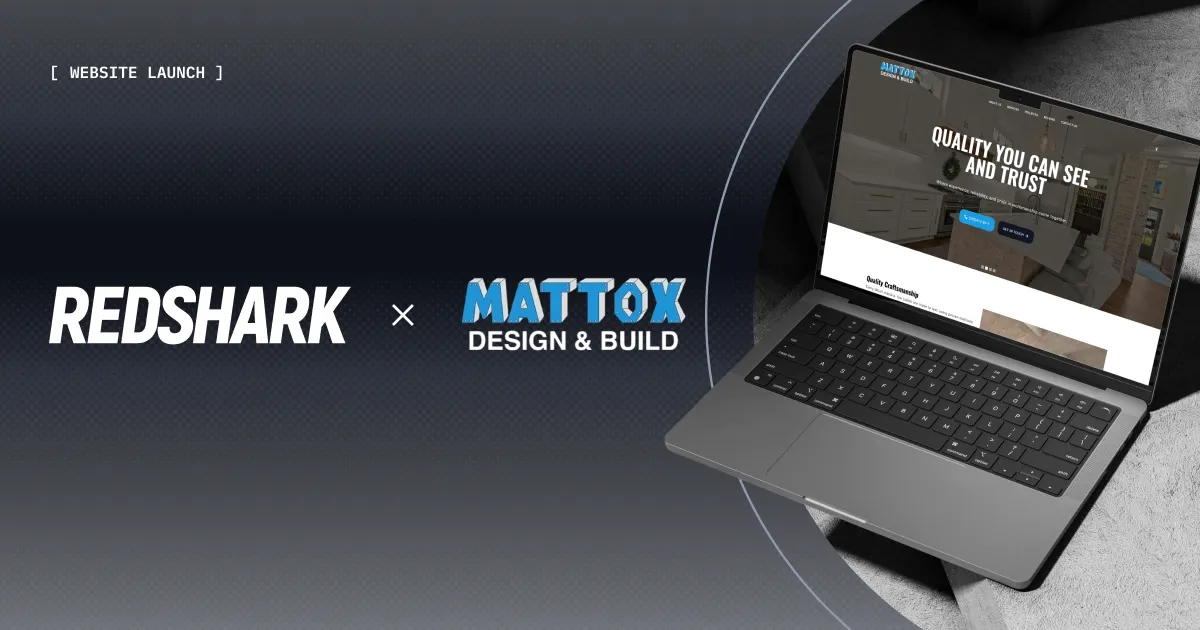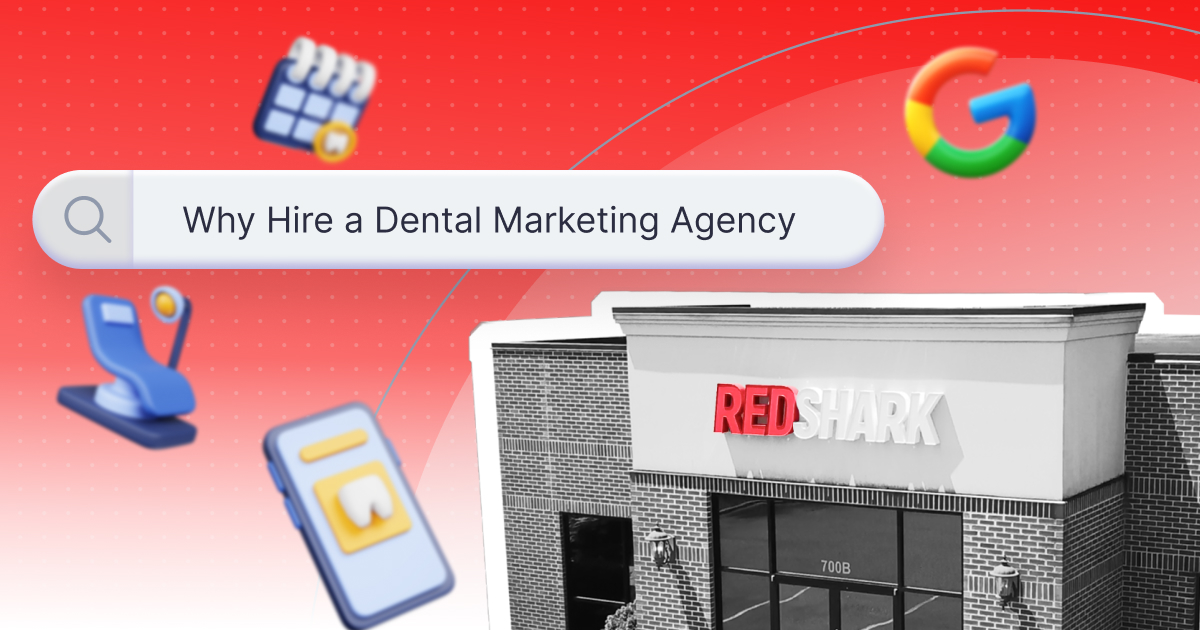
Geofencing: The Fence You Just Can't Hop
Geofencing: The Fence You Just Can't Hop
Featured & Recent Articles
Geofencing: The Fence You Just Can't Hop

One of the hottest trends for digital advertising is geofencing. Not sure what that is or how it can help your business? Read on!
What is Geofencing?
Geofencing is a virtual perimeter enabling software to trigger a response when a mobile device enters or leaves a particular area. GPS or RFID technology is used to create a virtual geographic boundary which targets customers in physical locations.
Geofencing works using a combination of GPS, cellular data, and Wi-Fi data combined. For geofencing mobile devices the user must be within an app or mobile web browsing session, so if a user is making calls, or checking emails or texts they will not be served the ad even in they are within the fence.
For geofencing to be effective the area fenced must be very defined with clear boundaries and should not blend into an adjacent fenced area. Geofencing allows businesses to target customers in distinct physical locations allowing them to trigger the right message at the right time and the right place.
Benefits of Geofencing
There are various benefits to geofencing. The biggest benefit is the large potential for increased sales and exposure. Your business could offer customer rewards and incentives for customers just for simply coming into your location, creating an incentive to come again and encouraging customer loyalty.
One cool benefit of geofencing is tracking competitors. By geofencing competitors’ locations and the surrounding areas, you will know your loyalty base and what customers also visit your competitors’ business. You also have the ability to swipe customers from right under your competition’s nose by geofencing your locations!
Geofencing with Red Shark Digital
One of our biggest clients in Eastern North Carolina is Marine Federal Credit, a credit union that serves our nation’s military heroes and their immediate families. With Eastern North Carolina’s heavy military presence they have several locations open in places like Havelock and Jacksonville.
Just last month their geofencing campaign was wildly successful. In February we led 708 people to visit their branch locations. We did this by serving ads in areas where their key demographic, active duty service personnel, veterans, and their families would be. Some of those locations include military bases themselves, bars and other recreational activities located in military towns, shopping centers adjacent to military bases and more. The ads we served were also catered to their key demographic audience.
One of our clients right here in Greenville, NC is Polly Piland, licensed State Farm Insurance Agent. In February we led 99 people to visit her office location seeking insurance coverage. We geofenced locations where people who would need new insurance coverage would be such as car dealerships, apartment complex leasing offices and new housing development areas.
A Few Things to Remember
If geofencing is a digital advertising strategy you would like to implement into your business it’s important that you consider two things: who your key demographic is and where they are frequently located. Here at Red Shark Digital, we accomplish this by our simple 3 step SEO process:
- Getting to Know You: During this step, we sit down and talk with clients to get to know what their business is all about and what sets them apart from competitors. We also establish what the client’s primary goals are for their digital marketing campaign
- Audit: Once we establish a client’s goals we then go through your current website, all social media accounts, and your offsite brand collateral.
- Implementation: Once we reach an agreement with the client on the strategy that will work best to reach their goals then our whole team gets to work!
While geofencing is an excellent tool to get your ads out, it is not about bombarding users with messages wherever they go. Don’t think of geofencing as just another way to sell sell sell. Instead, use it as a natural way to connect and add value. Your goal should be to leverage geofencing to improve your customers’ experiences and provide them with benefits while also driving traffic to your location and activity to your promotions. Interested in geofencing for your business? Contact Red Shark Digital!














.png)




.png)
.jpg)




